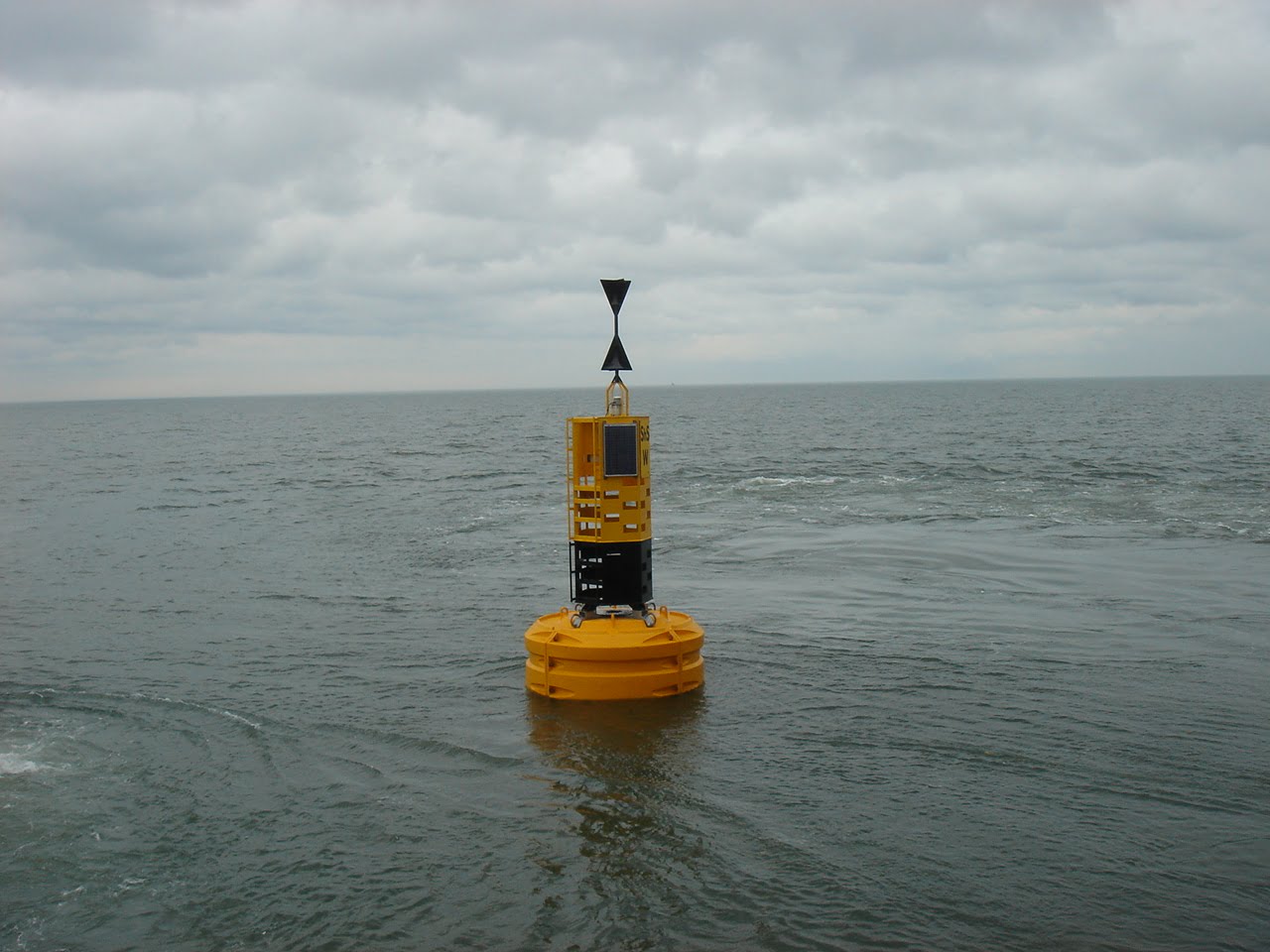In last month’s blog we shared a case study on refurbishing five Mobilis JET 9000 buoys for our client Vattenfall. While four of these buoys have been installed to provide aids to navigation at the Aberdeen Offshore Wind Farm, the East cardinal buoy has also been upgraded to carry a Datawell wave sensor and Gill weather station.
The JET 9000 really does go above and beyond most navigation buoys. Owing to their size, these buoys have the capacity to carry a range of data sensors and equipment, making them a multifunctional offshore asset.
As a result they can save companies time and money, as well as improving efficiency and safety for offshore workers. Here’s how.
No need to purchase standalone data buoys
The Mobilis JET 9000 boasts a substantial platform and tower that can securely accommodate most data equipment used for monitoring weather and wave conditions. Compare that to purchasing a standalone wave monitoring buoy – and it makes sense to invest a little more in a larger navigation buoy like the JET 9000, so that it can be used for a range of functions.
Plan work offshore more efficiently and save time and money
Many companies do not wish to invest in a wave monitoring buoy, however navigation buoys are essential. Without accurate data from offshore sites, the traditional method to determine whether conditions are suitable for workers is used: aka the shipping forecast.
However, while marine forecasts can be very accurate they are not localised. Therefore there may be times when a decision is made not to send out a boat to an offshore location because of an adverse forecast, when actually the conditions around the site were favourable. Conversely, there may also be times when a boat and workers are deployed (at a cost to the business), only to turn back because local sea and weather conditions are not optimal for completing work.
Either way, having real time wave and weather data can make these decisions much easier to make, and save money by allowing the business to only incur costs, such as boat time, when the conditions are right.
Improve safety of offshore workers
Real time data sent from a Mobilis JET 9000 will also help your business look after offshore workers’ safety much more effectively. The data provided will help determine whether specific work such as maintenance or inspections can be carried out safely, decide whether additional resources are needed, or whether planned projects should be postponed for another day.
Safety concerns not only affect your offshore team, but also any emergency crews that are needed if an incident occurs. Therefore having the capacity to locate data sensors on essential assets like navigation buoys makes everyone a lot safer.
A final consideration is that with more accurate monitoring casualties can be reduced. Data indicating that offshore sites have suffered extreme weather conditions or unseasonal wave conditions, can help your company plan inspections for the most opportune times; pre-empting casualties triggered by damage to offshore assets by deploying an inspection and maintenance team when conditions improve.
This proactive approach to monitoring weather and sea conditions using a multifunctional buoy like the JET 9000 can make your offshore activities more efficient and safe.
To find out more about the Mobilis JET 9000 download our datasheet here.








